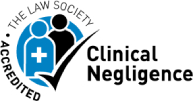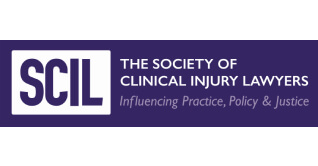The potential hidden killers that you may not be aware of, and why fast diagnosis is vital
Sepsis, also known as septicaemia or blood poisoning, can be fatal. The figures for sepsis make for grim reading. It affects around 150,000 people each year in the UK. Of those, 44,000 people die, giving it a higher mortality rate than heart attacks and some common forms of cancer. Early diagnosis and appropriate treatment are vital, and it has been estimated that as many as 14,000 lives could be saved by better and more timely care. Of the patients that need antibiotics to fight sepsis, 37% of them are not receiving them within an hour. Fourteen hospital trusts are only screening one in every two people with signs of sepsis.
How sepsis affects lives
Sepsis is a condition caused by the body’s immune system responding abnormally to an infection and becoming overwhelmed by it. It can affect anyone at any age; however, it tends to be a particular danger to the very young and very old. People are more likely to develop sepsis after a viral illness like a cold, or a minor injury like a cut, graze or bite. One in four of all sepsis survivors suffer permanent and life-changing after-effects.
The signs to be aware of
The official campaigning organisation, The UK Sepsis Trust, has come up with a mnemonic to help people spot the early signs:
Slurred speech or confusion
Extreme shivering or muscle pain
Passing no urine (in a day)
Severe breathlessness
It feels like you’re going to die
Skin mottled or discoloured
The advice is to call 999 and just ask: could it be sepsis?
Gangrene
Gangrene is a serious condition where a loss of blood supply causes body tissue to die. Anyone can develop gangrene, particularly after a serious injury, but people who suffer from long-term conditions such as diabetes and atherosclerosis are more at risk. In 2013-14, more than 35,500 cases of gangrene were seen in hospitals in England.
Spotting the early signs of gangrene
- Swelling and pain at the site of the infection
- Change in skin colour
- Skin becoming cold and pale
- If the gangrene is caused by an infection, sores or blisters that release discharge.
In severe cases, where the signs are missed, there is a late diagnosis or inappropriate treatment, gangrene can lead to amputation to prevent the infection spreading to other parts of the body.
Our experience
Over the years we have managed a number of cases involving sepsis, gangrene and other serious infections. The consequences can be devastating, life-changing and, in some instances, fatal. In one recent case, a client had to have his leg amputated following a delay in referring him for vascular assessment, the result of which was that his toes became gangrenous. In another case, a client with a severely infected leg wound risked significant renal failure when hospital staff failed to treat his wound appropriately.
If you or your family have been affected by a delayed diagnosis, poor-quality or inappropriate treatment, and have reason to believe that this could have been prevented, then do get in touch by calling us on 0203 871 9258 or email medneg@attwaters.co.uk. You can speak to one of our Nurse Advisers who will be able to assess whether you have a potential claim, and advise you of the steps we can take to assist you.























